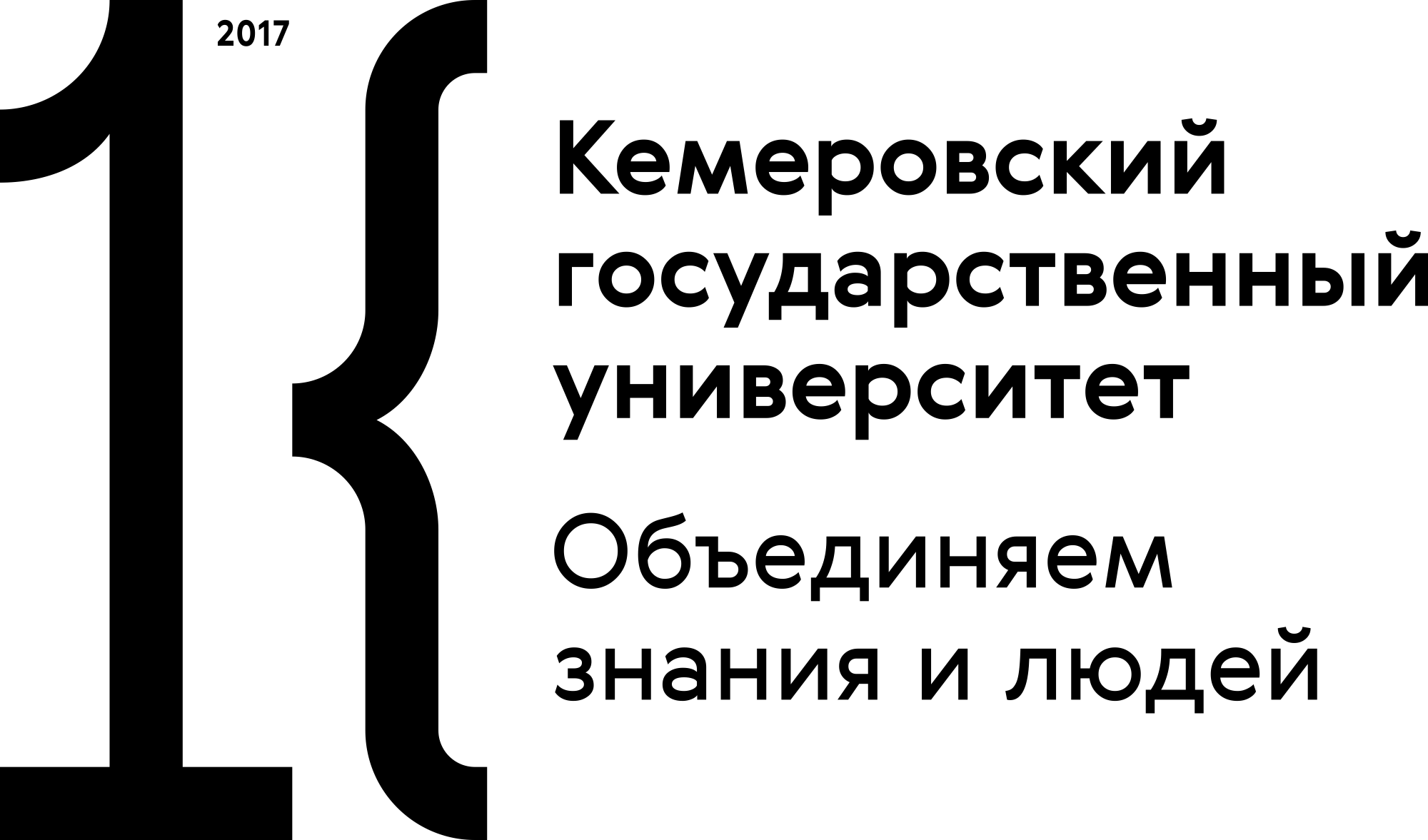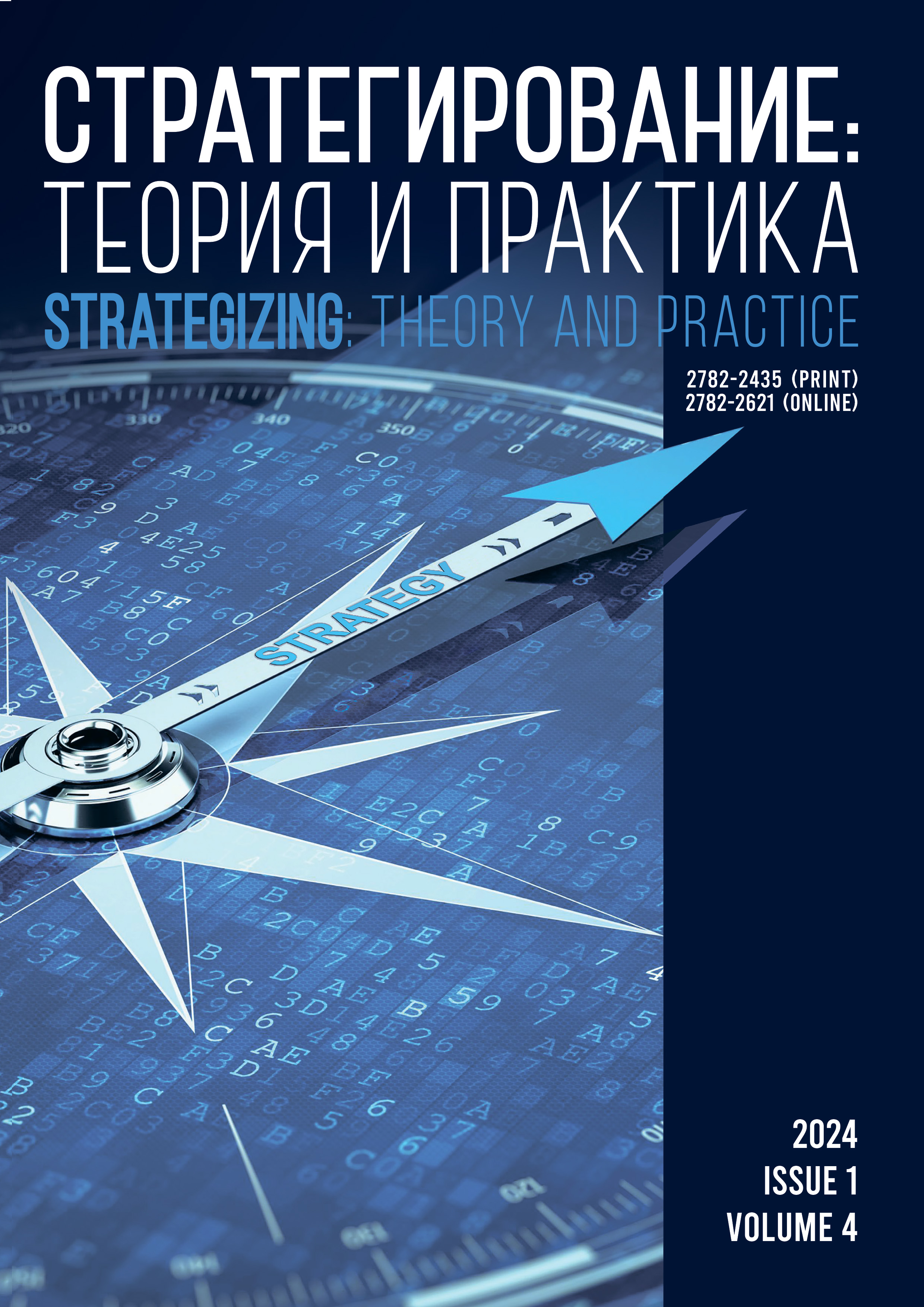Moscow, Moscow, Russian Federation
The fashion industry has to update collections extremely fast, which leads to resource depletion in the absence of demand. Moreover, environmentally-aware consumers tend to associate this accelerated production cycle with environmental pollution. As a result, the growing public interest in green materials and lean manufacturing increases the popularity of brands that are associated with sustainable business practices. The relevance of the topic is due to the fact that the strategic communications system is also a subject to qualitative changes brought about by new trends and patterns. If a fashion enterprise changes its principles, philosophy, ideology, and strategic priorities in the context of environmental transformations, customers should be made aware of these changes. Strategic communications and their transformations in the TFC industry remain largely understudied. The author identified the current working tools of the strategic communications system that could provide effective long-term development in the fashion industry. The research relied on the theory and methodology of strategizing developed by Professor V.L. Kvint, Dr.Sc.(Econ.), Foreign Member of the Russian Academy of Sciences. Such standard methods as analysis, synthesis, generalization, abstraction, and benchmarking made it possible to reveal the key strategic trends and patterns that shape the contemporary strategic principles of entrepreneurship in the TFC industry. The resulting updated system of strategic communications is effective in bringing across new values to fashion consumers.
strategic communications system, light industry, fashion industry, TFC industry, strategy, strategic priority, brand, technology
1. Kvint VL. The concept of strategizing. Vol. I. St. Petersburg: NWIM RANEPA, 2019. 132 p. (In Russ.)
2. Kvint VL. Global emerging market: strategic management and economics. Moscow: Biznes Atlas; 2012. 627 p. (In Russ.)
3. Khvorostyanaya AS. Foreign practice of light and fashion industry ESG-strategizing. Creative Economy. 2022;16(5):1863-1878. (In Russ.) https://doi.org/10.18334/ce.16.5.114637
4. Kvorostyanaya AS. Strategirovaniye industrii mody: teoriya i praktika [Strategizing the fashion industry: theory and practice]. St. Petersburg: North-Western Institute of Management - branch of RANEPA; 2021. 272 p. (In Russ.)
5. Khvorostyanaya AS, Kuznetsova KV. Fundamentals of strategizing in the fashion industry. Economics and Management. 2016;126(4):33-38. (In Russ.)
6. Agins T. The end of fashion: How marketing changed the clothing business forever. Harper Collins; 2000. 342 p.
7. Auty S, Elliott R. Fashion involvement, self-monitoring and the meaning of brands. Journal of Product and Brand Management. 1998;7(2):109-123. https://doi.org/10.1108/10610429810216874
8. Balmer JMT. Corporate identity, corporate branding and corporate marketing. Seeing through the fog. European Journal of Marketing. 2001;35(3/4):248-291.
9. Barsky J, Nash L. Customer satisfaction. Cornell Hotel and Restaurant Administration Quarterly. 2003;44:173-183.
10. Fanandaru EM, Kurniawati K, Wahyuni N, Septiani Y. Brand experience, attitude, and loyalty in brand equity fashion luxury brand. International Journal of Application on Economics and Business. 2023;1(2):651-669. https://doi.org/10.24912/v1i2.651-669
11. Sukomardojo T, Anwar F, Djalipa D, Barki K, Zainurossalamia ZA S. Creative economy branding: Conquering markets through innovation and brand excellence. Scientific Journal of Management and Business. 2023;2(1):54-64.
12. Rahman M, Saha S, Anny SA, Afrin S, Afrin T, Haq I. Creative marketing and innovative branding: An effective way to attract customers. The Economics and Finance Letters. 2020;7(2):308-319. https://doi.org/10.18488/journal.29.2020.72.308.319
13. Ginting ML, Antonio F, Sihombing S. Brand authenticity in the heart of local fashion brand consumers and the need for relationship. Journal of Law and Sustainable Development. 2023;11(12). https://doi.org/10.55908/sdgs.v11i12.2085
14. Hirschman EC, Holbrook MB. Hedonic consumption: Emerging concepts, methods and propositions. Journal of Marketing. 1982;46(3):92-101. https://doi.org/10.1177/002224298204600314
15. Iglesias O, Ind N. Towards a theory of conscientious corporate brand co-creation: the next key challenge in brand management. Journal of Brand Management. 2020;27:710-720. https://doi.org/10.1057/s41262-020-00205-7
16. Jin B, Cedrola E. Fashion branding and communication: Core strategies of European luxury brands. New York: Palgrave Pivot; 2017. 188 p. https://doi.org/10.1057/978-1-137-52343-3
17. Kapferer J.-N. Kapferer on luxury: How luxury brands can grow yet remain rare. Kogan Page; 2015. 240 p.
18. Park CW, Jaworski BJ, Macinnis DJ. Strategic brand concept-image management. Journal of Marketing. 1986;50(4):135-145. https://doi.org/10.1177/002224298605000401
19. Piehler R. Branding inside-out: Development of the internal branding concept. In: Iglesias O, Ind N, Schultz M, editors. The Routledge companion to corporate branding. Routledge; 2022. https://doi.org/10.4324/9781003035749-32
20. Sarwar F, Aftab M, Iqbal MI. The impact of branding on consumer buying behavior. International Journal of Technology and Research. 2014;2:54-64.
21. Shadi SR, Mahnaz R, Karim R. Studying the relationship between brand equity and consumer behavior. International Review. 2016;1-2:153-163. https://doi.org/10.5937/intrev1602153S
22. Thomas D. Deluxe: How luxury lost its luster. Penguin Books; 2008. 384 p.





